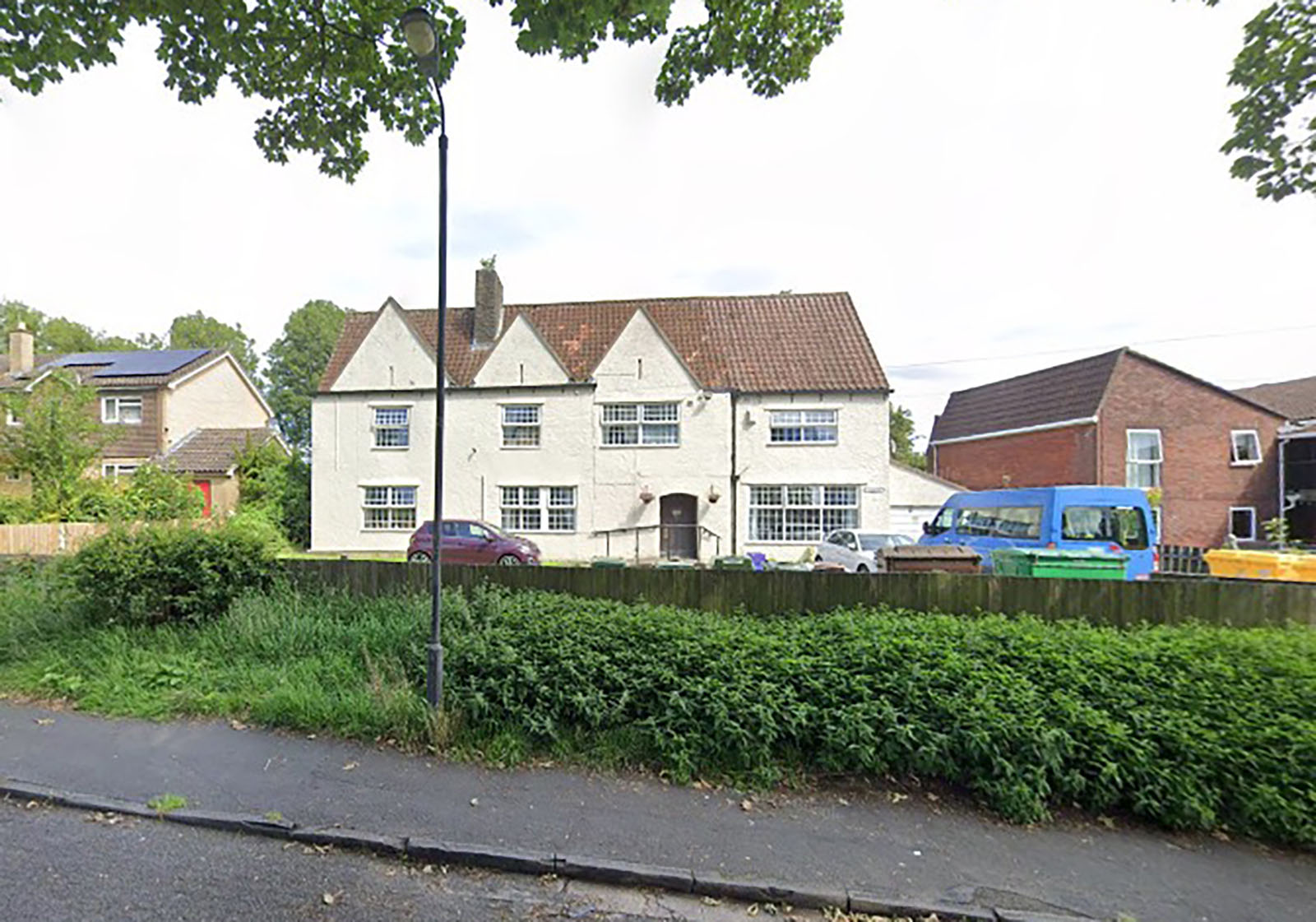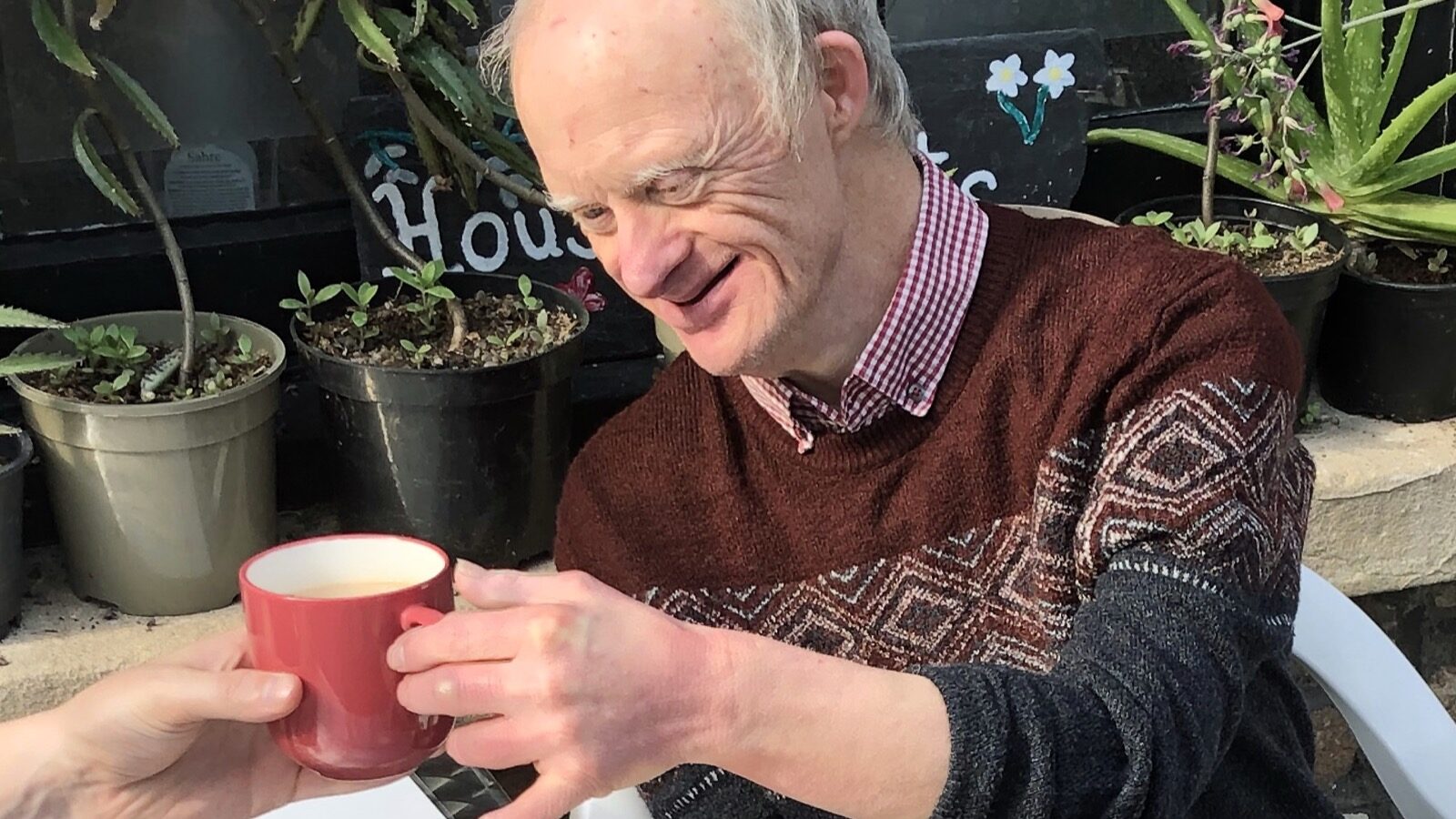Nine years ago, I attended a coroner’s court for the first time.
I was there to support Connor Sparrowhawk’s family as they tried to find out why their 18-year-old son had died.
Connor’s barrister, Caoilfhionn Gallagher, suggested I tweeted what was happening in court. This was to share updates with supporters of #JusticeforLB, the campaign to improve care following Connor’s death.
I attended court every day and shared as much information as I could about what was said in court. At the end of Connor’s inquest, the jury found neglect had contributed towards his death.
The speech and language therapy plan said he should always be supervised around food
After Connor’s inquest finished, other families and lawyers started to get in touch with me. They asked if I would attend their relatives’ inquests and share what happened in court.
Since then, I have reported on another 27 inquests. I no longer live tweet; instead, I write blog posts and provide coverage on my website.
I have also reported on other court cases. Most of these, as previously featured in Community Living, relate to learning-disabled and autistic people, and the care and support they require or have been denied.
In this, my first article as Community Living’s court reporter, I hope to share what has been happening in courts and shine a spotlight on stories that are rarely heard.
The story of Marcus Hanlin
Marcus Hanlin died two years ago in October 2022. He was 57.
Hanlin liked swimming and floating in water, cycling, taking part in craft, drama and music sessions and loved to be outside in the garden. He lived at home with his family, in institutions and then for 30 years in an ordinary house in an ordinary street.
He had three long stays in institutions, as a child, a teenager and a young adult. At age of 24, he moved out of hospital into a house in Bristol. He lived with three other men who had been on his ward.
For almost 30 years, Hanlin had support from the Brandon Trust. His last home was a nursing home called Cheddar Grove, run by the trust, where he moved to in February 2021.
Hanlin had Down syndrome and autism and developed dementia as he got older. He did not use words to communicate; his mother, Anna, told the court that he could communicate with those who got to know him.
Hanlin’s inquest
The coroner’s court where Hanlin’s inquest took place is next door to the old Farleigh Hospital, a long-stay institution where Hanlin lived as a young man.
His inquest took place in court 1. The senior coroner, Maria Voisin, sat on a raised bench at the front, with the legal teams and interested persons on benches in front of her. To the left was an area where witnesses sat. I sat in the public gallery, in one of 10 rows of red chairs.
The five interested persons were:
- Hanlin’s family
- The Brandon Trust (which runs the nursing home in which Hanlin had lived)
- University Hospitals Bristol and Weston NHS Foundation Trust (Hanlin died in Bristol Royal Infirmary after five days)
- Laura Bolus, the staff member conducting the art activity
that led to Hanlin’s admission
to hospital - South West Ambulance Service NHS Foundation Trust.
The coroner heard from witnesses over four days. She heard legal submissions on day five, and summed up what she had heard and concluded on day six.
What the coroner found
In late September 2022, Hanlin was left alone in a room in his nursing home. A sensory activity was on a table in front of him. It involved a bowl of dyed rice with conkers hidden in it.
Hanlin had a speech and language therapy plan that said he should always be supervised around food (and anything made from food) due to his risk of choking.
The coroner found that when Hanlin was left alone with the bowl, he swallowed two conkers and ate some rice. When staff realised what had happened, they called an ambulance. He was taken to hospital, where he died five days later.
The coroner said support workers “should have realised” the risk of leaving the bowl where Hanlin could reach it. She said there was a clear failure to provide the care Hanlin needed.
One of the conkers Hanlin swallowed became lodged in his oesophagus. Hanlin also inhaled rice grains. This caused aspiration pneumonia (infection after material from the mouth or stomach enters the lungs) from which he did not recover.
The coroner concluded Hanlin’s death was an accident, contributed to by neglect.

Was this death a one-off?
Difficulty in swallowing or dysphagia was reported as being a long-term health condition for one in every five people with a learning disability who died in 2021, according to an LeDeR review (an NHS report that provides information about the deaths of people with a learning disability).
The Mazars review into the deaths of learning-disabled people at Southern Health NHS Foundation Trust found dysphagia and aspiration pneumonia were repeated themes in deaths. The review had particular concerns regarding dysphagia assessments and the management of swallowing and helping people to eat and
drink safely.
Charity admits being at fault
Following the inquest, the Brandon Trust admitted it was at fault and apologised.
It said: “The Brandon Trust acknowledges that a mistake was made on the day that Marcus consumed the contents of the sensory activity.
“The Brandon Trust has apologised, and continues to apologise, to Marcus’ family for the mistake. The Brandon Trust acknowledges the coroner’s conclusion that Marcus’s death was contributed to by neglect.
“Since Marcus’s death, the Brandon Trust has taken robust action to identify all lessons that can be learned to avoid anything like this happening again.
“This has included engaged training for all staff, a thorough review and audit of all risk assessments, policies and guidance, and changes to the staffing and management structure at Cheddar Grove.”
An avoidable death
Marcus Hanlin’s family commented that his death should never have been allowed to happen.
They said: “Marcus was a very dearly loved family member and loving man.
“Ineffective management at Brandon Trust meant that care was not provided as it should have been and, as a result, he lost his life. His death was completely avoidable.
“While we acknowledge the necessary changes by the Brandon Trust following Marcus’ death, we only wish that robust management had been in place before this incident, as Marcus would still be alive today.”





